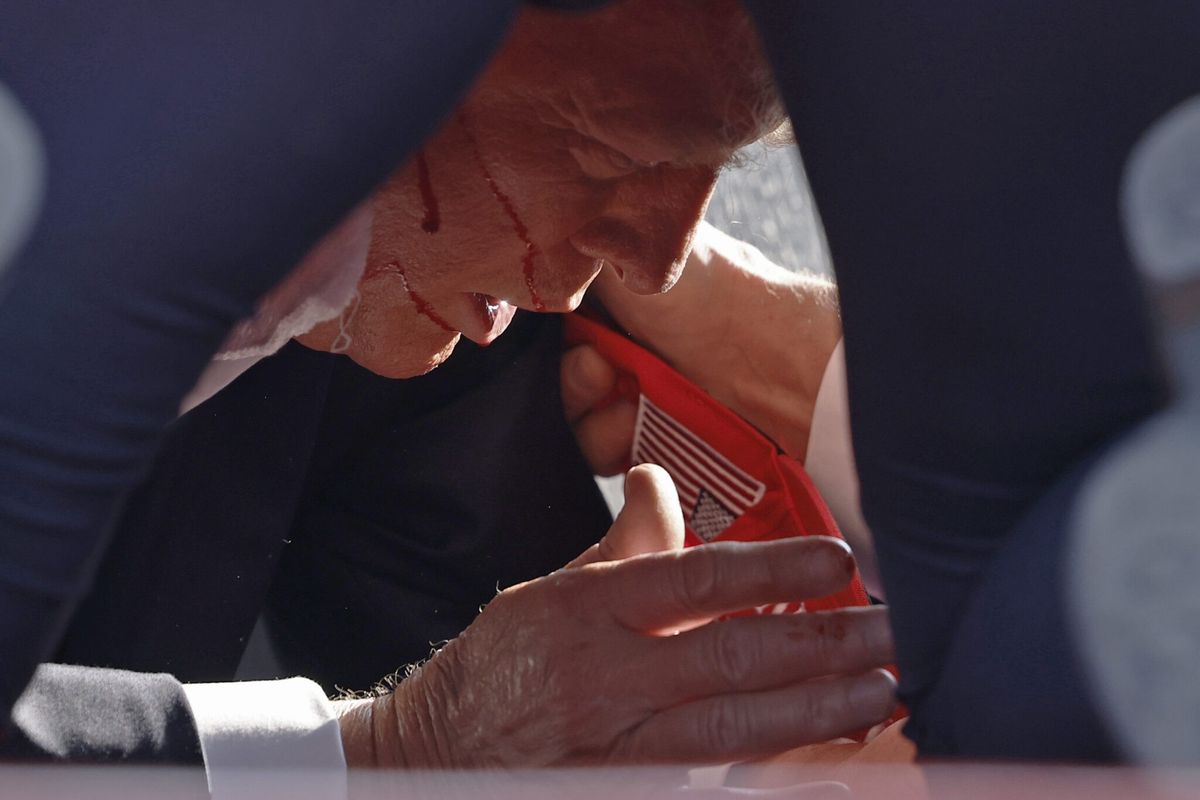Following the recent liberation of Mosul and Raqqa under siege, the so-called Islamic State is slowly collapsing inwards. As it does, the prospect of battle hardened foreign fighters returning to their countries of origin are a concern for governments around the world. For governments in Southeast Asia, the concern is not just the recent uptick in extremist attacks, but the parallels it has with recent history.
Southeast Asia has a long and unbroken history of Islamic extremism dating back to the end of World War II. The threat it has posed has waxed and waned over time, but it peaked in the late 1990’s and early 2000’s when al Qaeda linked fighters from a burgeoning regional terrorist network, Jemaah Islamiyah (JI), returned from training in Afghanistan. JI was responsible for a series of high profile bombings and terrorist attacks throughout Southeast Asia, particularly against Western targets. After a targeted campaign by regional governments, JI was severely degraded and its networks fractured. Nonetheless, the precedent of returning fighters joining an emerging terror network has powerful lessons for today.
Since IS declared its caliphate, a number of groups throughout Southeast Asia have declared allegiance to IS leader Abu Bakr al-Baghdadi. But other than a series of relatively ineffectual terrorist attacks and aspirational plots, there has been little indication that those groups posed a serious threat. The recent capture of the city of Marawi in the southern Philippines marks a steep change in the threat these groups pose. It is significant not just because extremists groups have managed to capture and hold a city. But also because it demonstrates that several disparate groups are willing to join together towards achieving a regional extremist objective. Of even greater concern is that the attack has attracted foreign fighters, with terrorists from other Southeast Asian nations as well as the Middle East and Chechnya reportedly amongst the dead.
Although the parallels with the rise of Jemaah Islamiyah are concerning, Southeast Asia today is very different to that of twenty years ago. Then, JI was able to draw support from the populations political disenfranchisement and exploit the chaos following the removal of dictators, such as Suharto in Indonesia, to establish several bases of operations. Today, regional militaries and police forces are, to varying degrees, far more capable than they were. Southeast Asia’s population is wealthier than they were, more politically empowered and the quality of governance has generally improved. Individually, each government is better prepared to respond to any domestic terrorist threats than they were. But ongoing political discontent and pockets of extremist ideology persist.
Despite the large Muslim population in Southeast Asia, the threat that current Islamist groups pose is comparatively small. But there are several areas in the region which have similar conditions to those that enabled IS to grow in the Middle East, including porous borders, exploitable natural resources, active criminal networks, a networked of jailed extremists and vacuums of governance. In order to counter those conditions, Southeast Asian governments are acting to directly target those conditions and counter the perception that the region offers a viable alternative to Syria for aspiring extremists.
It is for this reason that the governments of Indonesia, Malaysia and the Philippines have launched a joint trilateral maritime patrol in the Sulu seas. This initiative will include naval patrols, rotation air patrols, information sharing and streamlined processes for hot pursuits. It will also be supported by command centers being set up in each country, and is being promoted as the first step in a broader security plan.
The Trilateral Maritime Patrol (TMP) Indomalphi is an important response to the growth of extremism in the region. The Sulu Sea borders restive, remote and poorly governed regions of all three countries. The borders are extremely porous and the numerous small boat activity makes it easy for criminal and extremist groups to move people, funding and resources between the neighboring islands. The links between transnational crime and extremist groups is always blurred, but the link in Southeast Asia is acute. By targeting violent criminal activity in the region, this initiative not only reduces extremists logistical networks and ability to generate funds, but targets many of the groups themselves. It also helps mitigate regional piracy, which is again on the rise.
The patrols also signal the next step in a broader trend, and perhaps the future of security in the region. The three participating countries have welcomed greater regional participation, with both Brunei and Singapore present at its launch. It also comes as the US, Australia and Japan have declared increased support, including reconnaissance aircraft and increased maritime capacity building. Regional nations have operated together in the past, both in regular military exercises and in anti-piracy operations.
Achieving the goals of this operation will be challenging. Even an increased presence by three navies working cooperatively will be unlikely to restrict all criminal and extremist activity in the area. There will no doubt be missteps and hard lessons to learn along the way. But through operating together, they will increase their maritime capacity and improve their interoperability. This will mark an important next step in the region taking ownership of its own security needs, and furthers a growing trend on intra-regional security cooperation. Should it succeed and expand, it will not only impact the ability of extremists and transnational groups to operate effectively but will also send a strong message about the future of the region’s security capabilities. Considering the Sulu Sea is only an island chain away from the South China Seas, it is a development likely to have much broader implications.













